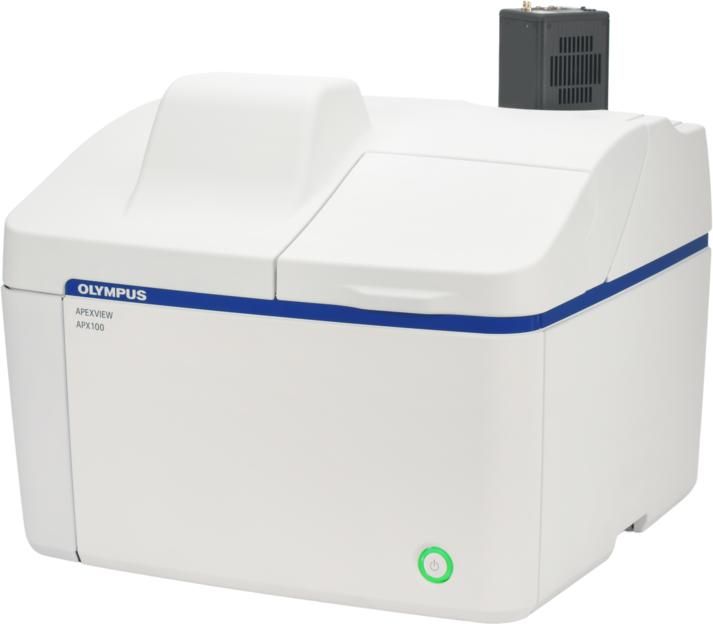IMS HEALTH Forecasts Global Pharmaceutical Market Growth of 5-7 Percent in 2011, Reaching $880 Billion
Patent expiries and new wave of drug budget controls subdue growth among brands in developed markets
The value of the global pharmaceutical market is expected to grow 5-7 percent in 2011, to US$880 billion, compared with a 4-5 percent pace this year, according to IMS Health. The forecast, included in the latest release of IMS Market Prognosis™, is the leading annual industry indicator of market dynamics and therapy performance.
"While the overall market will appear to rebound somewhat in 2011, the underlying constraints to growth in developed markets are stronger than ever – including the impact of major patent expiries and payer mechanisms to limit drug spending," said IMS Senior Vice President Murray Aitken. "We expect the pharmerging markets to continue their rapid expansion next year and remain 2 strong sources of growth, and also see the potential for several significant innovative treatment options that are becoming available for patients in areas that include metastatic melanoma, multiple sclerosis and acute coronary syndrome."
The IMS forecast covers all types of pharmaceuticals and takes into account macroeconomic conditions, changing levels of patient access, availability of drug treatment options, and pricing factors. Pricing is evaluated at the ex-manufacturer level, but excludes off-invoice discounts and rebates that are part of prevailing practices in certain major markets. Growth rates are expressed in constant dollars to avoid the impact of currency exchange rates.
In its latest analysis, IMS identifies the following key market dynamics:
Divergent growth rates expected for developed and pharmerging markets. As countries recover from the global economic crisis at different rates, there is growing divergence in the pace of pharmaceutical growth among major markets. The 17 pharmerging countries are forecast to grow at a 15-17 percent rate in 2011, to $170-180 billion. Many of these markets are benefiting from greater government spending on healthcare and broader public and private healthcare funding, which is driving greater demand and access to medicines. China, which is predicted to grow 25-27 percent to more than $50 billion next year, is now the world’s third-largest pharmaceutical market. Among major developed countries, Japan is forecast to grow 5-7 percent in 2011, a year when biennial price cuts will have little impact. The five major European markets (Germany, France, Italy, Spain, and the U.K.) collectively will grow at a 1-3 percent pace, as will Canada. The U.S. will remain the single largest pharmaceutical market, with 3-5 percent growth expected next year. Pharmaceutical sales in the U.S. will reach $320- $330 billion, up from $310 billion forecast for this year, not including the impact of off-invoice discounts or rebates.
3 Peak years of patent expiries shift major therapies to generic dominance. In 2011, products with sales of more than $30 billion are expected to face the prospect of generic competition in the major developed markets. In the U.S. alone, Lipitor®, Plavix®, Zyprexa® and Levaquin® – which together accounted for more than 93 million prescriptions dispensed in the past 12 months and generated over $17 billion in total sales – likely will lose market exclusivity. The full impact of patients shifting to lower-cost generic alternatives for these products, as well as other brands in their therapy classes, mostly will be felt in 2012, due to the timing and expected competitive intensity among generic entrants.
Broad measures applied by public and private payers to reduce growth in drug budgets. Governments are pursuing an ongoing wave of budgetary control mechanisms that target drug spending as one way to restore fiscal balance. Multiple markets will be impacted by these measures in 2011. Prominent examples include substantial reductions in the price of generics relative to their branded counterparts in Spain and in Canada, where generic pharmacy rebates are expected to be eliminated; new price negotiation requirements for brands launched in Germany; and across-the-board price cuts for branded products in Turkey and Greece. In the U.S., health plans are stepping up their use of pre-authorizations and cost sharing provisions in an effort to address rising healthcare expenditures.
Therapy area growth dynamics driven by innovation cycle and areas of unmet need. In 2011, the introduction and uptake of new drugs – a third of which are specialty pharmaceutical products – are poised to fulfill patients’ unmet needs and significantly alter treatment paradigms in several key therapy areas. These include innovative treatment options for stroke prevention, melanoma, multiple sclerosis, breast cancer and hepatitis C. As these new drugs are brought to market, patient access is expected to expand and funding redirected from other areas where lower-cost generics are available. Five potential blockbuster products – defined as those exceeding $1 billion annually in peak sales – are expected to be approved and launched globally by the end of next year.
Said Aitken, "In 2011, we will see the loss of exclusivity for some iconic brands and a promising new wave of innovation. It also will be a critical year for gauging how healthcare reform initiatives in key markets evolve and play out amid the expected macroeconomic recovery. For pharmaceutical manufacturers, an unrelenting focus on bringing distinct value to patients and health systems will be essential to navigating this dynamic market."






















































